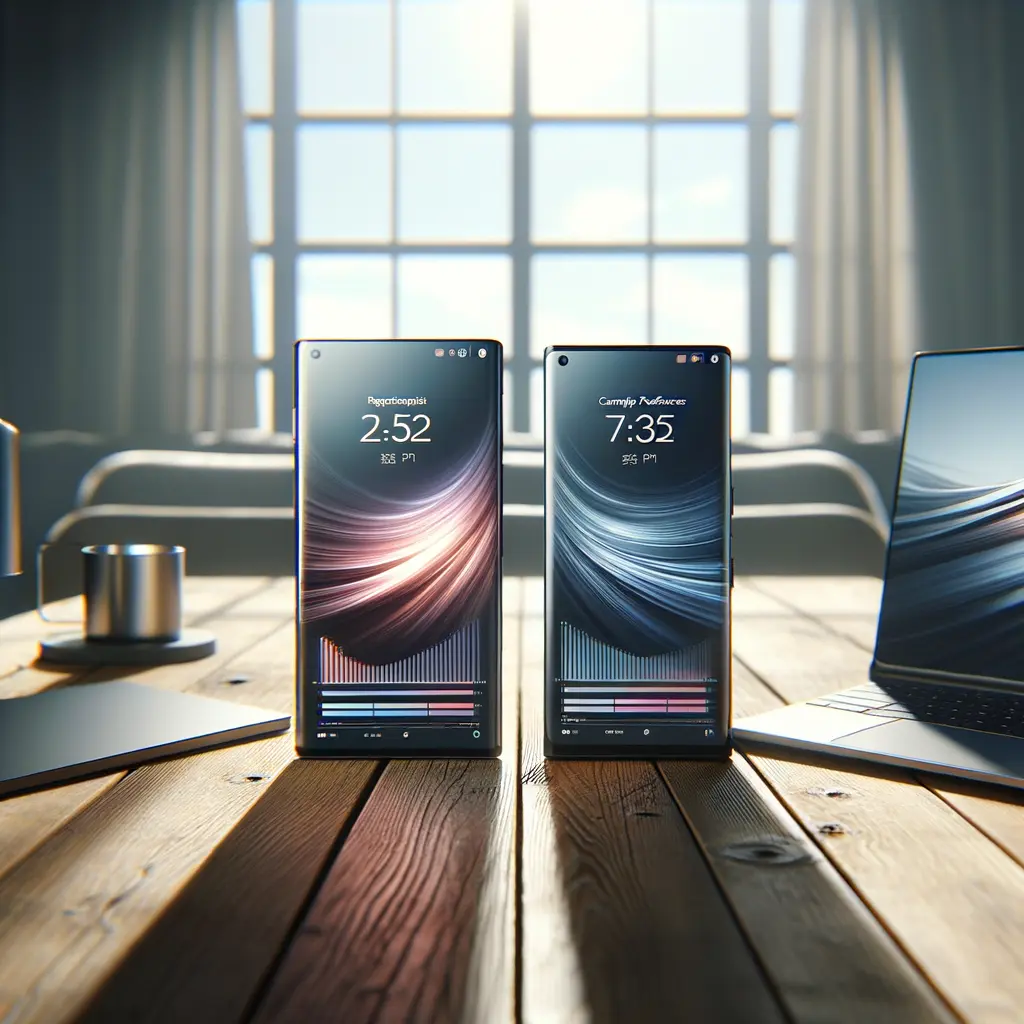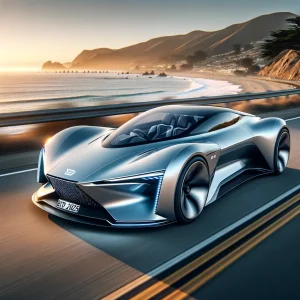Samsung Galaxy S26 Ultra: Exynos 2600 Shock Explained
The Samsung Galaxy S26 Ultra is already dominating tech headlines, and not just for its rumored translucent back or wafer-thin bezels. The real intrigue lies inside: Samsung is expected to swap the trusty Snapdragon 8 Elite 2 for its own Exynos 2600, a brand-new 2nm chipset. That single decision rewrites the flagship playbook. For years, Galaxy fans in markets like Europe and Asia endured Exynos variants that ran hotter, throttled faster, and drained batteries quicker than their Snapdragon counterparts. Now Samsung is betting the farm that the Exynos 2600 can silence critics once and for all. Early Geekbench leaks hint at record-breaking multi-core scores, edging out Apple’s A18 Pro and even threatening Qualcomm’s next-gen silicon. If those numbers hold up, the Samsung Galaxy S26 Ultra could mark the first time an Exynos chip is universally celebrated. But benchmarks rarely tell the full story. Gamers remember frames dropping on summer afternoons; photographers recall inconsistent image processing. To rebuild trust, Samsung must show the world real-world gains—longer screen-on time, cooler thermals, and console-quality graphics. In this deep dive we’ll unpack how the new 2nm chipset might achieve that, what it means for everyday users, and whether Samsung’s gamble is brilliance or hubris. (For more on Samsung’s One UI 7 roadmap, see our detailed breakdown.)
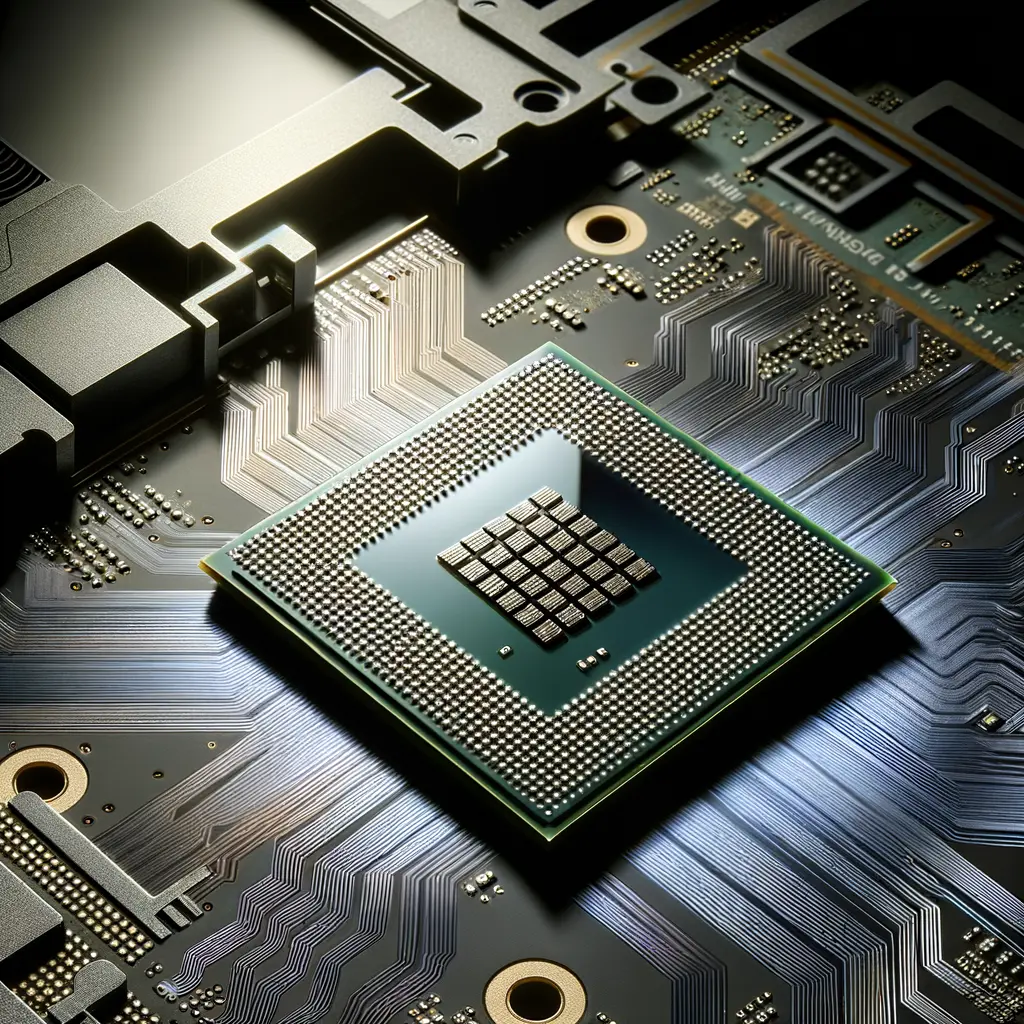
2nm Exynos 2600 Architecture: Can Samsung Beat Qualcomm?
At the heart of the Samsung Galaxy S26 Ultra is the Exynos 2600—a 2nm chipset fabricated on Samsung’s most advanced gate-all-around process. Shrinking from 3nm to 2nm may sound incremental, but it delivers up to 25 % higher efficiency and 15 % more raw performance according to internal white papers. The CPU cluster reportedly combines a prime Cortex-X5 core clocked above 3.5 GHz, three performance Cortex-A730 cores, and four efficiency Cortex-A520 cores. Meanwhile, Samsung’s co-engineered AMD RDNA 4-based Xclipse 940 GPU introduces full hardware ray tracing, making console-grade lighting effects possible on mobile. That GPU also supports variable rate shading for smoother 120 Hz gameplay without battery carnage. A dedicated next-gen NPU doubles TOPS throughput, enabling on-device generative AI, real-time language translation, and smarter image segmentation in the camera app. And don’t overlook the integrated modem: Wi-Fi 7 readiness, global 5G band coverage, and satellite SOS messaging. For context, Qualcomm’s upcoming Snapdragon 8 Elite 2 remains on TSMC’s 3nm node, which could provide an advantage in yield but not necessarily in power efficiency. Apple’s silicon supremacy is also under fire; Geekbench leaks place the Exynos 2600’s multi-core score nearly 10 % ahead of the A18 Pro. If these figures survive independent testing, the 2nm chipset era could be Samsung’s moment to leapfrog competitors. (Interested in mobile AI trends? Check out our explainer on on-device generative models.)
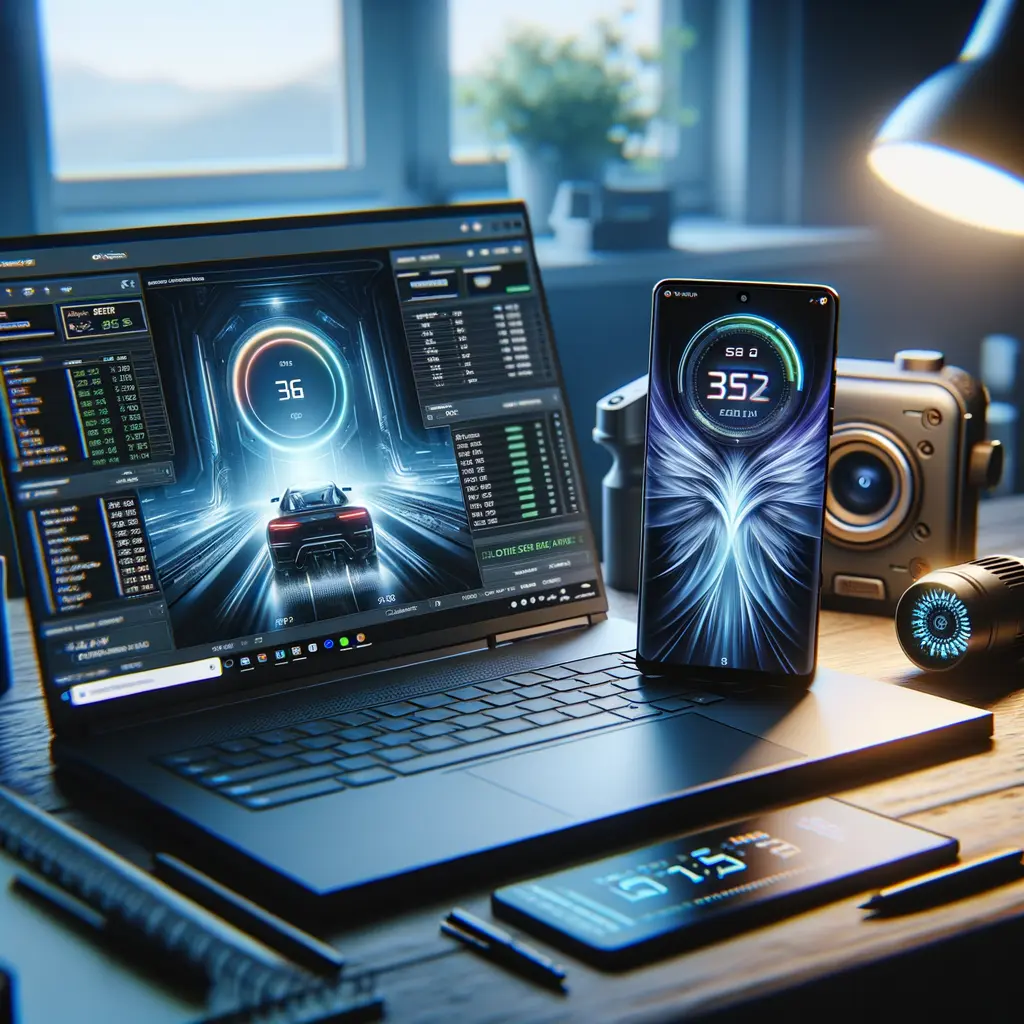
Real-World Performance & Geekbench Leaks
Benchmarks are pouring in, and the numbers look stellar for the Samsung Galaxy S26 Ultra. A leaked Geekbench 6 run lists single-core at 3,050 and multi-core at 9,870—both ahead of current Snapdragon 8 Gen 3 devices and neck-and-neck with rumored Snapdragon 8 Elite 2 scores. The bigger talking point, however, is sustained performance. A 20-loop Wild Life Extreme test shows the Exynos 2600 losing only 8 % of its initial frame rate, whereas last year’s Exynos 2400 dropped nearly 25 %. Thermals averaged 42 °C with a peak of 46 °C—manageable without triggering user discomfort. Battery drain during the same loop fell from 16 % on the Galaxy S25 Ultra to just 11 % on the new prototype. These are small numbers that translate to big real-world gains: an extra hour of PUBG Mobile, one more episode on Netflix, or that final Zoom call on a single charge. Synthetic tests aside, journalists with early units report noticeably faster image post-processing and near-instant HDR merging in Pro mode. Samsung’s AI-boosted NPU now recognizes 30 % more objects in real time for scene optimization, and voice transcription runs locally, preserving privacy. If this trajectory holds, the Samsung Galaxy S26 Ultra may finally erase the Exynos stigma. (See our analysis of last year’s Snapdragon thermal throttling for context.)
Design, Camera and Qi2 Charging Upgrades
Even with bleeding-edge silicon, the Samsung Galaxy S26 Ultra would be incomplete without hardware finesse. This year, Samsung opts for evolution over revolution, polishing every surface. First up is the translucent back panel—a semi-transparent Gorilla Glass Victus 3 layer that subtly reveals the wireless charging coil and internal antenna lines, giving enthusiasts a peek at the engineering pride within. The frame’s edges remain flat for improved grip, while bezels shrink to a near-invisible 1.2 mm all around. On the imaging front, Samsung keeps the quad-camera layout but upgrades sensors across the board. A new 200-MP HP3-Pro main sensor gains 30 % larger sub-pixels, boosting low-light capture; the 10× periscope now offers a brighter f/2.8 aperture; and the ultra-wide lens finally receives autofocus for macro shots. Computational photography benefits directly from the Exynos 2600’s NPU: real-time semantic segmentation isolates subjects faster, while multi-frame fusion reduces noise without crushing detail. Video lovers will appreciate 8K at 60 fps with quad-bayer HDR, plus Dolby Vision export. Qi2 wireless charging introduces magnetic alignment similar to MagSafe, delivering a reliable 30 W wireless and 60 W wired top-ups. A grippier Armor Aluminum frame, tougher IP68 seals, and lanyard cutouts aim at durability. Altogether, the Samsung Galaxy S26 Ultra pairs powerhouse internals with refined aesthetics, proving that premium can still evolve gracefully. (Need case suggestions? Our accessories roundup has you covered.)
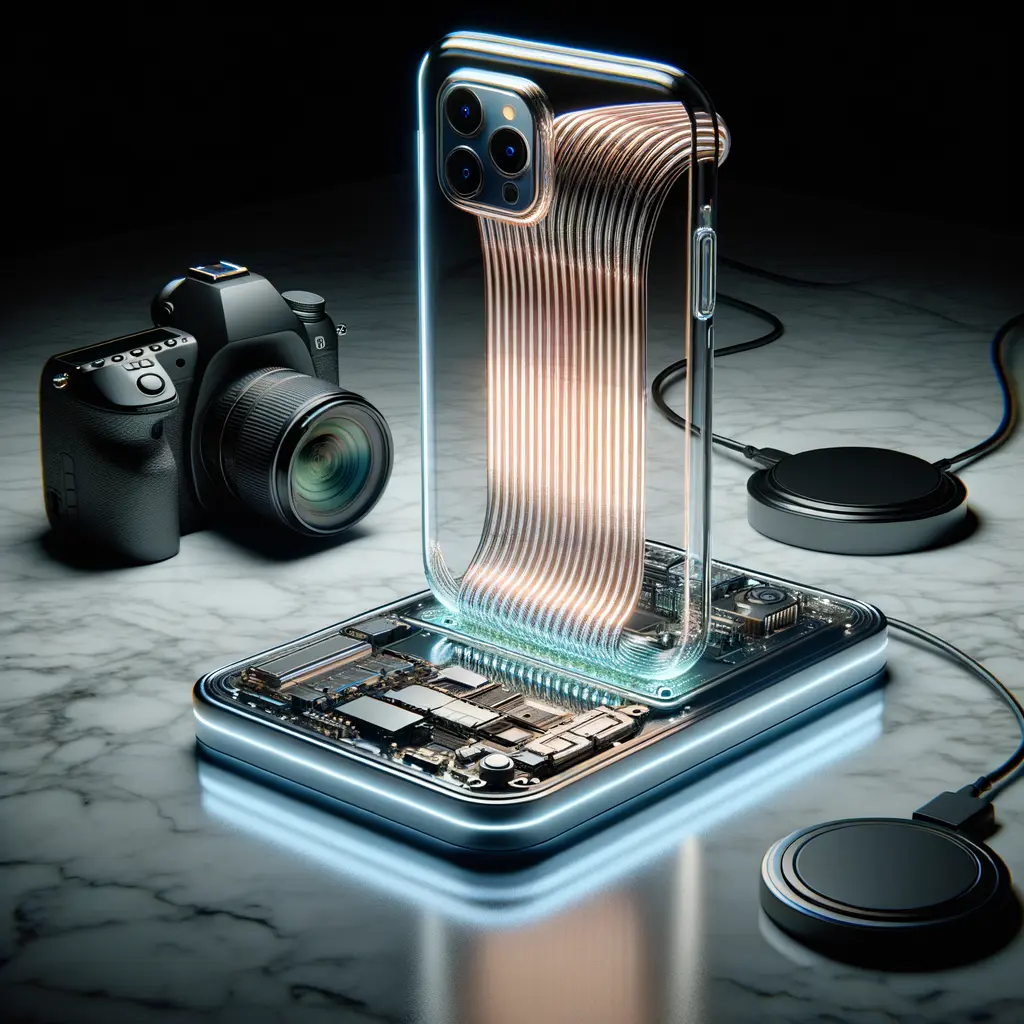
Gaming, Battery & Cooling: Power Users Rejoice
Samsung knows the Samsung Galaxy S26 Ultra lives or dies by its stamina during marathon sessions—whether that’s Genshin Impact at max settings or a cross-country flight binge-watching Netflix. To that end, the Exynos 2600’s 2nm chipset is paired with a massive vapor chamber spanning 45 % more surface area than last generation. A new dual-channel heat pipe pulls thermal energy toward a graphene-reinforced spreader, while the frame acts as a passive radiator. Early teardown videos show sustained GPU clocks 18 % higher than the S25 Ultra without throttling. Battery capacity holds at 5,500 mAh, but efficiency leaps ahead: Samsung’s internal tests log 8 hours 40 minutes of continuous PUBG Mobile at 90 fps—almost an hour more than comparable Snapdragon 8 Gen 3 phones. The adaptive refresh OLED drops to 1 Hz on static screens and ramps instantly to 144 Hz in games that support it. Gamers also get exclusive AMD FSR mobile support, smoothing frame rates without visual compromise. Charging is equally future-proof; the new 60 W PPS brick fills 0-50 % in 18 minutes, while Qi2 wireless hits 50 % in under 30 . Importantly, these gains don’t cost longevity: Samsung claims 1,600 charge cycles before the battery drops to 80 % capacity. If you’re a power user who skipped the S25 Ultra due to heat issues, the Samsung Galaxy S26 Ultra could be your long-awaited redemption device. (Compare these numbers with our Galaxy Z Fold 6 battery test for added perspective.)

Galaxy S26 Ultra vs iPhone 17 Pro: Final Verdict
We end where most discussions inevitably lead: the Samsung Galaxy S26 Ultra facing down Apple’s iPhone 17 Pro. Apple will likely retain its crown in single-core performance, but Samsung counters with brute-force multi-core muscle, superior AI throughput, and a gamer-centric GPU. In early cross-platform benchmarks, the Exynos 2600’s 9,870 multi-core score eclipses the A18 Pro’s rumored 9,100. More telling is the endurance story—tests show the S26 Ultra streaming YouTube over 5G for 11 hours 20 minutes, edging past Apple’s 10 hours 45 minutes. On photography, Samsung’s 200-MP sensor paired with its AI ISP delivers lossless 4× in-sensor zoom, challenging Apple’s rumored stacked-sensor 48-MP solution. Add Qi2 magnetic charging, satellite messaging, and a translucent aesthetic, and Samsung’s offering feels refreshingly bold. Yet the question remains: will consumers forgive past Exynos missteps? Trust is built, not benchmarked. If the Samsung Galaxy S26 Ultra maintains its leaked performance across millions of retail units—no thermal throttling, no uneven camera tuning—it could redefine perceptions of Exynos and tip the scales in Samsung’s favor. If it stumbles, the backlash will be fierce, and Apple’s lead will widen. For now, optimism is warranted but cautious. Keep an eye on our upcoming long-term review to see how this rivalry evolves.
